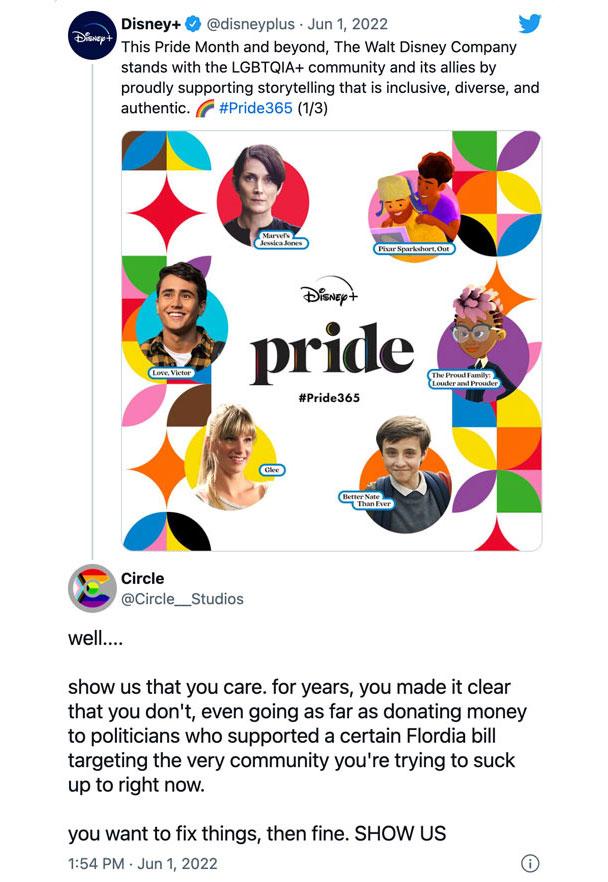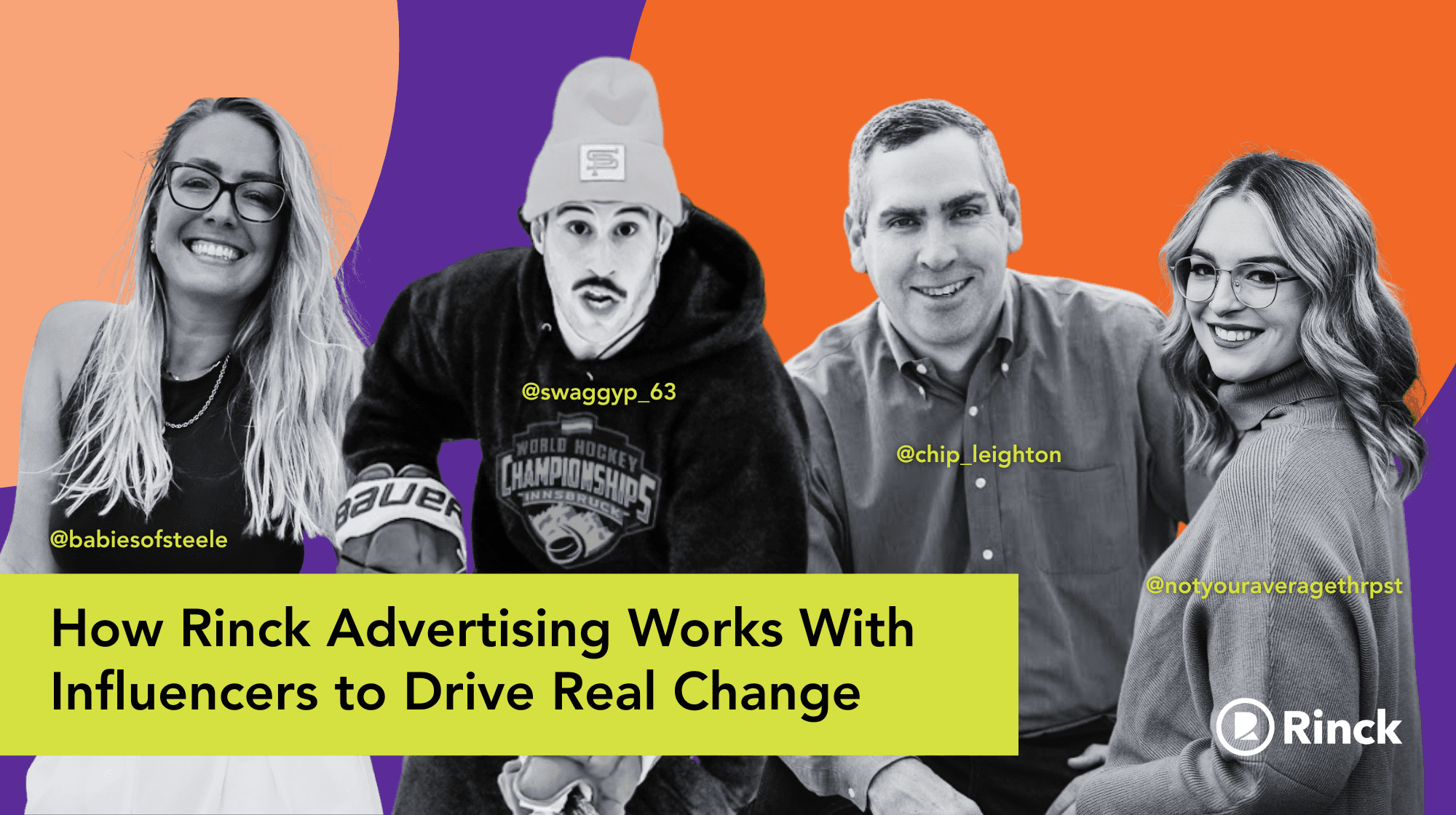Insights & Trends
Doing Well at Doing Good
June 22, 2022
In my life I’ve been fortunate to have many role models, mentors, and sage advisors. One of my closest “purveyors of wisdom” was my maternal grandfather, Albert, known to his nine grandchildren simply as Pépère. He had many phrases of advice that each of his family members took to heart. “Stay loose” was the phrase most affiliated with him, aided by the fact that a shortened version of it—STALOOS—was what he chose for his vanity license plate. It was essentially a paraphrase of the more common “stay cool” or “don’t sweat the small stuff.”

Perhaps my most favorite Pépère-ism was “spoken words can never be retrieved.” That one has definitely stuck with me, most especially in moments of hurt or vulnerability when one could react quickly out of anger. Pépère would often expand on this one reminding us to say what we mean and mean what we say because even though someone may forgive, they rarely forget.
Many nuggets of advice from Pépère have been circling in my mind recently. The topics of cause marketing and Corporate Social Responsibility have been trending once again in the PR and marketing world as brands work to determine what it is consumers expect from them. Research shows that 70 percent of American consumers feel it is either somewhat important or very important for brands to do their part to make the world a better place, that 77 percent of consumers are motivated to purchase from companies committed to making the world a better place, and that it can even impact internal workforces. Ninety percent of employees who work at companies with a strong sense of purpose say they’re more inspired, motivated, and loyal. Thus, it’s not surprising that brands want to take advantage of that, but it’s more than just writing a check for the sake of attracting customers and retaining employees. Brands need to ask themselves a lot of questions before launching into CSR, including: what do these causes have to do with the company’s mission? How does a cause marketing campaign live under the overall Corporate Social Responsibility approach? Does our company live and breathe these values and causes every day and would our employees attest to it? Is this virtue signaling or are we doing good solely for the sake of doing good?
Does our company live and breathe these values and causes every day and would our employees attest to it? Is this virtue signaling or are we doing good solely for the sake of doing good?
How you plan and execute your CSR and cause marketing programs is even more important than doing them at all. As Pépère would say, you have to say what you mean and mean what you say. What does that entail? Here are seven tips for developing a cause marketing or CSR campaign and “doing well at doing good”.
1. First and foremost, it is critically important that you not only talk the talk, but walk the walk. If you’re creating an Earth Day campaign, is your brand also focused on sustainability in its practices? If you’re promoting BLM, how does your organization implement DEI in its recruiting and promotions strategies? If you’re posting about Pride month or creating a rainbow version of your logo, are you also donating to politicians who are creating policies that support the LGBTQIA+ community or are you doing the opposite (ahem, Disney and all the brands being called out by @P4mativePride)? To really do cause marketing (and CSR) right, you need to ensure your organization’s values are aligned with the values and causes you are supporting. This should extend across every area of your company, from your manufacturing practices, to shipping, to human resource policies, to training customer service representatives, and everywhere in between.
2. Ideally, your cause marketing and CSR efforts should be relevant and easily connected to your organization and, in extension, to your customers as well. Consumers should be able to clearly see the link between your brand and the selected cause. Examples of this are food brands supporting hunger prevention, apparel brands donating surplus clothing to homeless shelters, or tech firms investing in STEM scholarships for students. This doesn’t mean you can’t support causes that aren’t closely related, but the reason for the passion behind this cause should be communicated.
3. Having well-defined goals for CSR and cause marketing is also critical to success. How will you measure your impact? Reduction of carbon emissions or plastics? Policies enacted? Donations made? Sentiments or mindsets changed? Set some goals and be strategic about how you will work to achieve them. Additionally, consumers should have a clear understanding of how their participation in a cause marketing campaign helps give back and support the campaign goals. TOMS is perhaps one of the most notorious brands for doing this part right. Consumers know that purchasing a pair of TOMS shoes means they’re supporting more than just TOMS’ bottom line, as they match every pair of shoes purchased with a pair of new shoes for a child in need. Consumers know the impact that their purchase will have and therefore feel good about buying TOMS shoes.


4. Related to setting goals is tip #4: homing in on a singular cause. Unless you are a major brand with deep pockets and vast internal resources to support a variety of areas, CSR should be at least start as singularly-focused. Small brands that try to take on too much, supporting STEM programs one year and fighting hunger the next, will find it difficult to really make an impact. Instead, identify one area where you can truly centralize efforts, build relationships and develop strong partnerships.
5. That also means committing to this cause for the long term, including in planning and in dedication of resources, most especially financing. Another witty phrase of Pépère’s was “that runs into money said the man peeing into the cash register.” A good CSR approach will “run into money” (cost you more and more as you go) as well. Truly achieving an impact means a substantial, long-term investment. Any brand can make a one-time donation, create an oversized check for a photo opp., and send it to their local paper, but to see real results (including PR results), CSR should be strategic, meaningful, and the organization should commit to it whole-heartedly.
6. Another adjective to add to the list of what CSR should be is collaborative. Opening the lines of communication between the brand and the communities or causes you are looking to serve is a great way to get to the heart of what is really needed and will make a difference. Sometimes it is primarily about financial support, but maybe it’s also about lending your reach to spreading the word for programs that are needed, using your pull with legislators, advocates, or with other brands, or coordinating and hosting events. A great example of this is Dunkin’ and the Dunkin’ Joy in Childhood Foundation, a client and cause which we are proud to support here at Rinck. The JiCF has been supporting children’s hospitals for years and recently announced one of their new initiatives, Connecting Joy. The Dunkin’ Connecting Joy program provides hospitals with funding to bring gaming experiences to their pediatric patients. The idea for this program came about because JiCF representatives talked with several hospitals’ Child Life Specialists and learned the positive impact that gaming brings to pediatric patients. Those conversations led to the development of this program providing gaming resources to the hospitals, which will positively impact children in hospitals around the country. JiCF also brings therapy dogs into the hospitals, hosts proms for teens who are not able to attend their own proms due to illness, and much more. Each of these programs were developed through close collaboration and listening to the needs of the hospitals and the patients they serve.
7. Finally, CSR should be about doing good, not just showcasing doing good. CSR can sometimes come across as virtue signaling, but consumers are smart. They’re more concerned with the real impact, and less about performative actions like getting press coverage. That doesn’t mean you can’t earn press or generate mentions from consumers when you give back, so long as that is not the sole purpose of the partnership. Consumers are savvy and will see through it if your values aren’t consistent. Follow tips 1 through 6 and you’ll be in a good place to check off tip 7.
CSR is so very worthwhile, not just for your end-audience, but also for your internal employees and morale. These are just some examples of how to approach CSR for your organization. What else would you suggest goes into a good CSR program?

Katie Greenlaw
VP, Public Relations and Influencer Marketing
Related Articles
3 Ways to Get Customers Flocking to Your Food or Beverage Brand
June 12, 2025 | Insights & Trends
Think of a remarkable Super Bowl TV ad. How about a digital ad you recently clicked on? Or, a brand social post you recently reacted to? Chances are one or more of those spots were for a food or beverage brand.
READ MOREHow Rinck Advertising Works With Influencers to Drive Real Change
May 5, 2025 | Insights & Trends
What if your next public health campaign didn’t star a doctor… but instead, a TikTok or Instagram influencer? It may sound risky, maybe even a little absurd, but it’s already happening and it’s working.
READ MOREWinning with Purpose: How to Choose and Prepare for Awards Programs
March 20, 2025 | Insights & Trends
Entering industry awards programs can be a powerful way to showcase your team’s hard work, gain industry recognition, and build credibility. Winning an award can open doors to new business opportunities, boost team morale, and enhance your brand’s reputation. It positions you as a leader in your field, providing validation from industry experts and peers. Additionally, awards can serve as a recruitment tool, attracting top talent who want to work for an organization known for excellence.
READ MOREUS Elections, but Make it Meme
October 29, 2024 | Insights & Trends
The US election cycle has been anything but typical this year, and we’re not even talking about the candidates, the timing, or the policies. Media, including its usage and perceived value, has changed. When it comes to the Presidential campaigns legacy media outlets across TV, print, and online has been deprioritized in favor of podcasts, streaming programs, influencer content, social media, quick-turn videos, and memes. Lots of memes.
READ MORE


